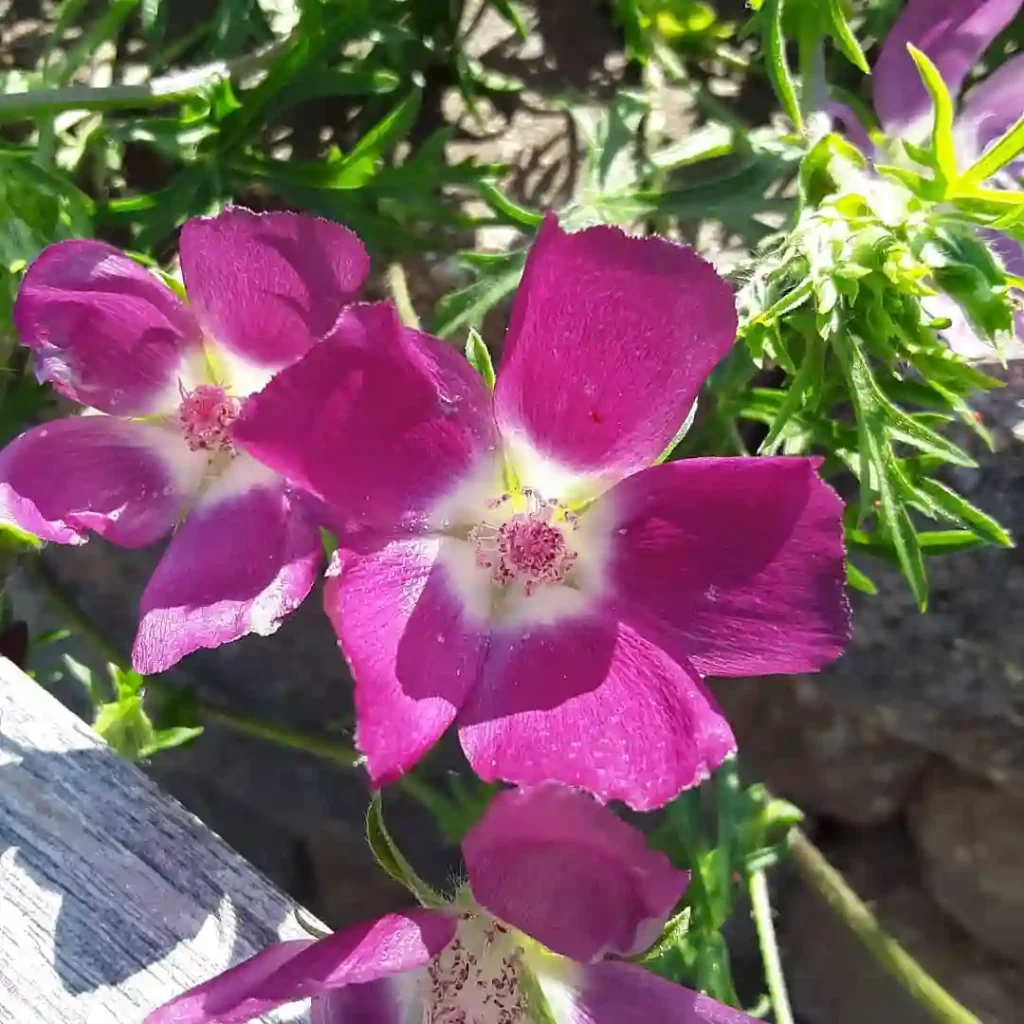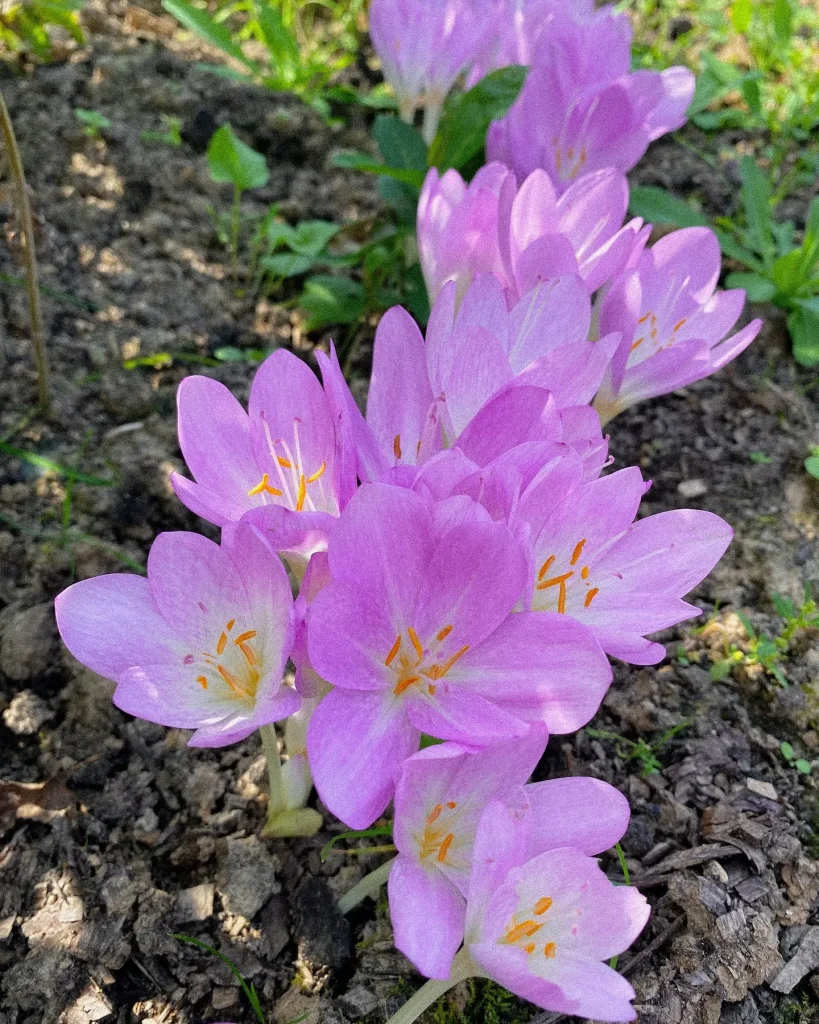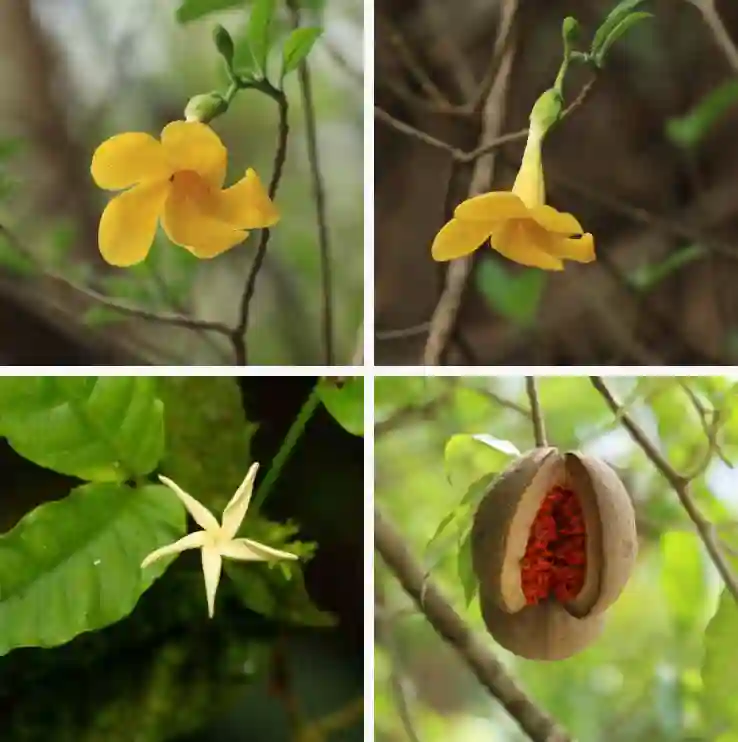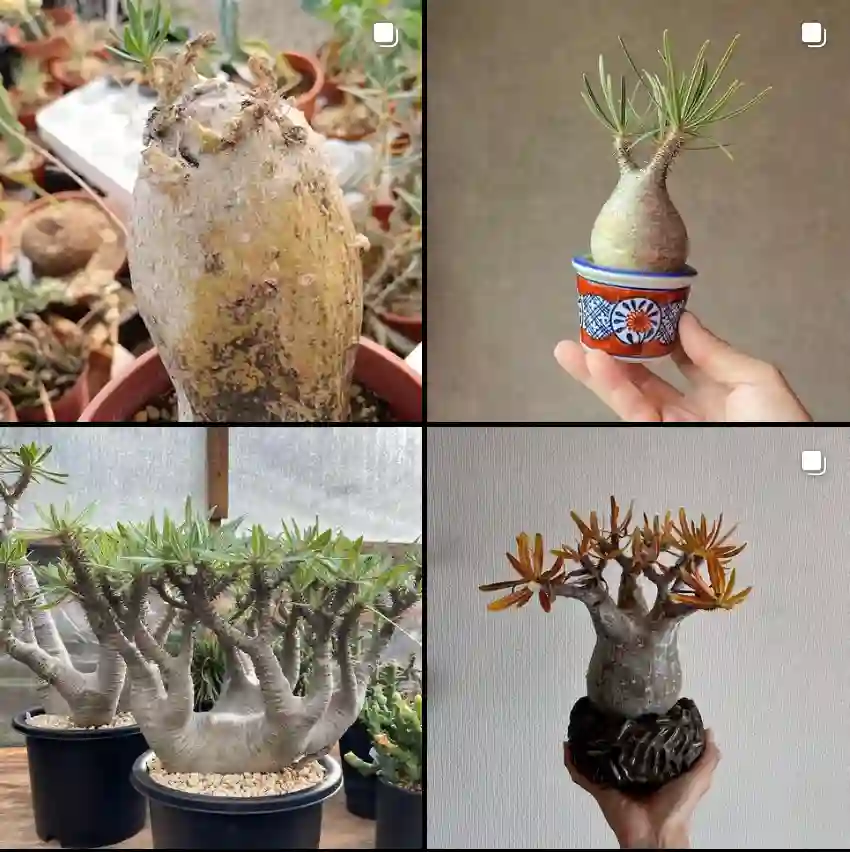
What is Gentiana Andrewsii?
Gentiana Andrewsii, commonly known as Bottle Gentian or Closed Gentian, is a captivating perennial native to North America. The unique aspect of this plant is its tightly closed blue flowers that resemble buds, even when fully bloomed. The striking cobalt-blue flowers appear in late summer to early fall, offering a splash of color to the garden when many other flowers have faded. It thrives in moist, well-drained soils and is often found in meadows, woodlands, and along stream banks.
356 Species in Genus Gentiana
How to Grow Gentiana Andrewsii?
Growing Gentiana Andrewsii requires attention to its natural habitat. Here are the steps I follow to ensure successful cultivation:
- Site Selection: Choose a location that mimics its natural environment. It prefers partial shade to full sun, especially in cooler climates. Ensure the soil is consistently moist but well-drained.
- Soil Preparation: Gentiana Andrewsii thrives in slightly acidic soil with a pH range of 5.0 to 6.5. Incorporating organic matter like compost will help retain moisture and improve soil structure.
- Planting: Plant in early spring or late fall. Space the plants about 12 to 18 inches apart to allow for growth. Cover the roots with soil and water thoroughly after planting.
- Watering: Regular watering is crucial, especially during dry spells. The soil should remain moist but not waterlogged.
- Mulching: Apply a layer of mulch around the plants to retain moisture, suppress weeds, and maintain an even soil temperature.
- Fertilization: Fertilize sparingly with a balanced fertilizer in the spring. Over-fertilization can lead to excessive foliage growth at the expense of flowers.
How to Care for Gentiana Andrewsii?
Caring for Gentiana Andrewsii is relatively simple once established. Here are some tips to keep your plants healthy:
- Pruning: Pruning is not typically necessary, but removing spent flowers can prevent self-seeding if you want to control its spread.
- Pest and Disease Control: Gentiana Andrewsii is generally pest-free but can occasionally suffer from root rot if the soil is too wet. Ensuring proper drainage can prevent this issue.
- Winter Care: This plant is hardy to USDA zones 3-7, so it can withstand cold winters. However, applying a layer of mulch in late fall can protect the roots from extreme cold.
How to Propagate Gentiana Andrewsii?
Propagating Gentiana Andrewsii can be done through seed or division:
- Seed Propagation: Sow seeds in the fall as they require cold stratification to germinate. Scatter the seeds on the soil surface and lightly press them in. Germination may take several months, so patience is key.
- Division: In early spring or fall, gently dig up the plant and divide the root clumps. Replant the divisions immediately and water thoroughly. This method ensures the new plants retain the characteristics of the parent plant.
What to Plant with Gentiana Andrewsii?
Pairing Gentiana Andrewsii with other moisture-loving perennials can create a beautiful and harmonious garden. Some excellent companion plants include:
- Ferns: Their delicate fronds contrast nicely with the bold, upright flowers of Gentiana Andrewsii.
- Astilbe: With similar moisture requirements, Astilbe’s feathery plumes complement the bottle-shaped blooms.
- Hostas: Their broad leaves provide a lush backdrop that highlights the vivid blue of Gentiana Andrewsii.
Gentiana Andrewsii vs Clausa: What’s the Difference?
When comparing Gentiana Andrewsii to Gentiana Clausa, the most notable difference lies in the flowers. While both species produce closed blooms, Gentiana Clausa’s flowers are more tubular and lack the characteristic twist seen in Gentiana Andrewsii. Additionally, Gentiana Clausa is more commonly found in the eastern United States, whereas Gentiana Andrewsii has a broader range. Both plants share similar growing conditions and care requirements, making them excellent choices for gardeners interested in native wildflowers.
Can You Grow Gentiana Andrewsii Indoors?
Growing Gentiana Andrewsii indoors is challenging due to its specific needs for natural light and moist, well-drained soil. It’s best suited for outdoor cultivation where it can thrive in conditions that mimic its natural habitat. If you’re determined to grow it indoors, ensure it receives plenty of indirect sunlight and keep the soil consistently moist, but be prepared for a less vigorous plant.
Is Gentiana Andrewsii Toxic?
Gentiana Andrewsii is non-toxic to humans and pets, making it a safe choice for gardens where children and animals may roam. However, it’s always wise to prevent pets from chewing on plants, as ingestion of large quantities of any plant material can cause gastrointestinal upset.
What Are the Benefits of Growing Gentiana Andrewsii?
Gentiana Andrewsii offers several benefits beyond its ornamental appeal:
- Wildlife Attraction: The flowers are a late-season nectar source for bumblebees, which are among the few insects strong enough to pry open the closed blooms.
- Low Maintenance: Once established, this plant requires minimal care, making it an excellent choice for low-maintenance gardens.
- Erosion Control: Its dense root system helps stabilize soil, making it useful for preventing erosion on slopes and along stream banks.
Common Problems with Gentiana Andrewsii
While generally trouble-free, Gentiana Andrewsii can face some challenges:
- Poor Drainage: This can lead to root rot, which is fatal to the plant. Ensuring well-drained soil is essential.
- Insufficient Sunlight: Too much shade can result in leggy growth and reduced flowering. Ensure it receives at least partial sunlight.
- Pests: Though rare, slugs and snails can occasionally attack young plants, especially in moist conditions. Hand-picking or using natural slug repellents can help manage this.
Gentiana Andrewsii is a beautiful and resilient plant that brings a touch of wild elegance to any garden. With the right care and conditions, it can be a long-lasting addition to your outdoor space, providing color and interest when many other plants have already finished their show.
If i die, water my plants!



